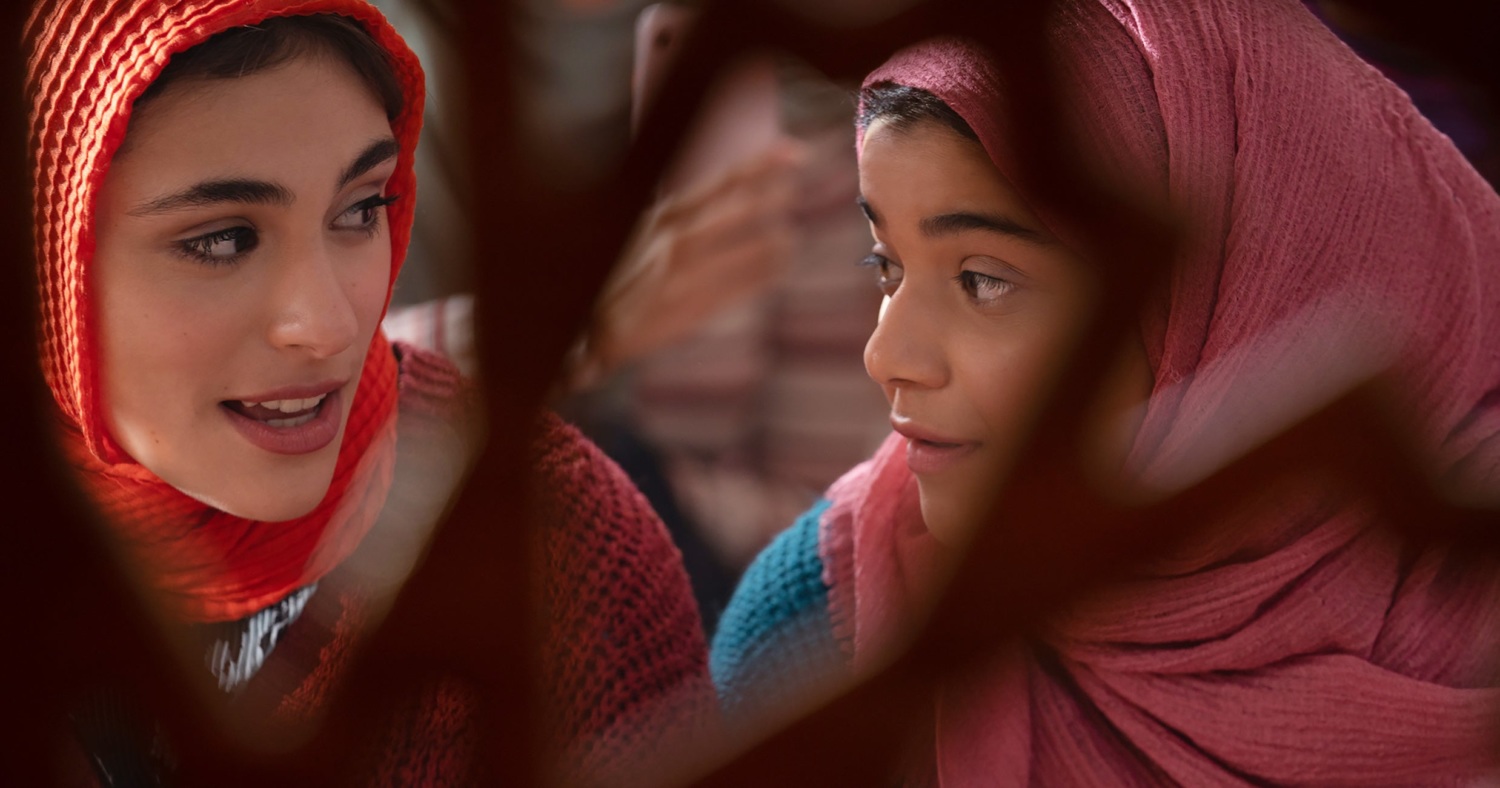Testing 1,2,3
You may have heard of the Bechdel Test, which evaluates a film for its on-screen representation of women characters. But what about the Riz Test? The Duvernay Test? How can you apply these evaluations to the scripts that you’re considering for development or production?
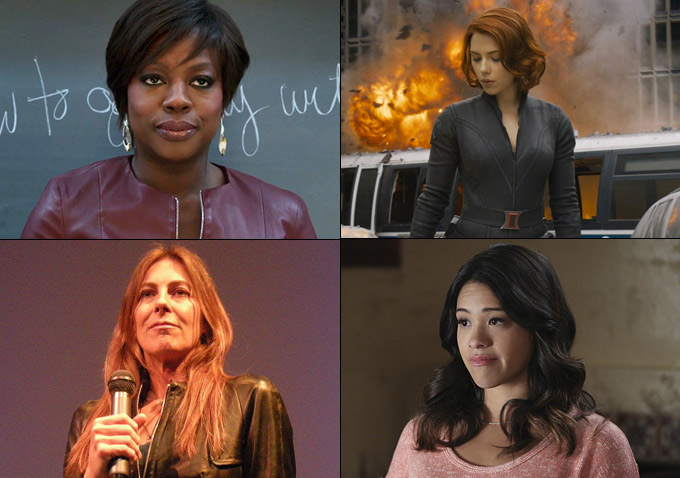

THE BECHDEL TEST for representation of women:
The script has to have at least two women in it, they have to talk to each other, and they have to discuss something besides a man.
THE DUVERNAY TEST for diversity and racial representation:
Black characters and other people of color have fully realized lives rather than serve as scenery in white stories.
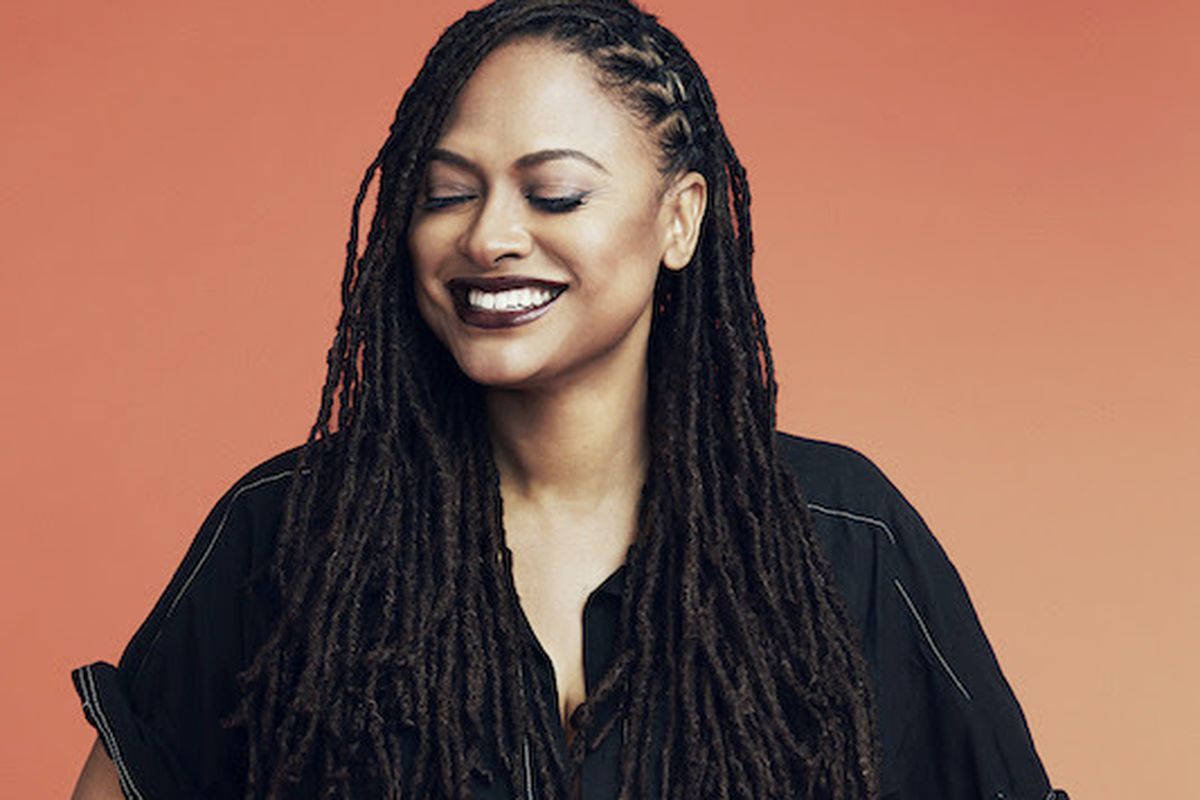
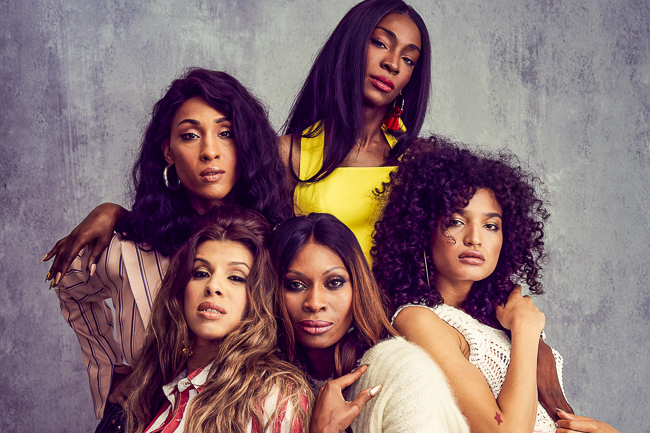
THE VITO RUSSO TEST for LGBTQ+ representation:
The film must contain an identifiably LGBTQ+ character who is not predominantly defined by their sexual orientation or gender identity.
The character must be tied into the plot in such a way that their removal would have a significant effect. Meaning they are not there to simply provide colorful commentary, paint urban authenticity, or set up a punchline.
THE RIZ TEST for the portrayal of Muslim people:
If the film/show stars at least one character who is identifiably Muslim (by ethnicity, language or clothing), the character must NOT be: talking about, the victim of, or the perpetrator of terrorism; presented as irrationally angry; presented as superstitious, culturally backwards or anti-modern; presented as a threat to Western way of life; presented as misogynistic (if male) or presented as oppressed by male counter parts (if female)

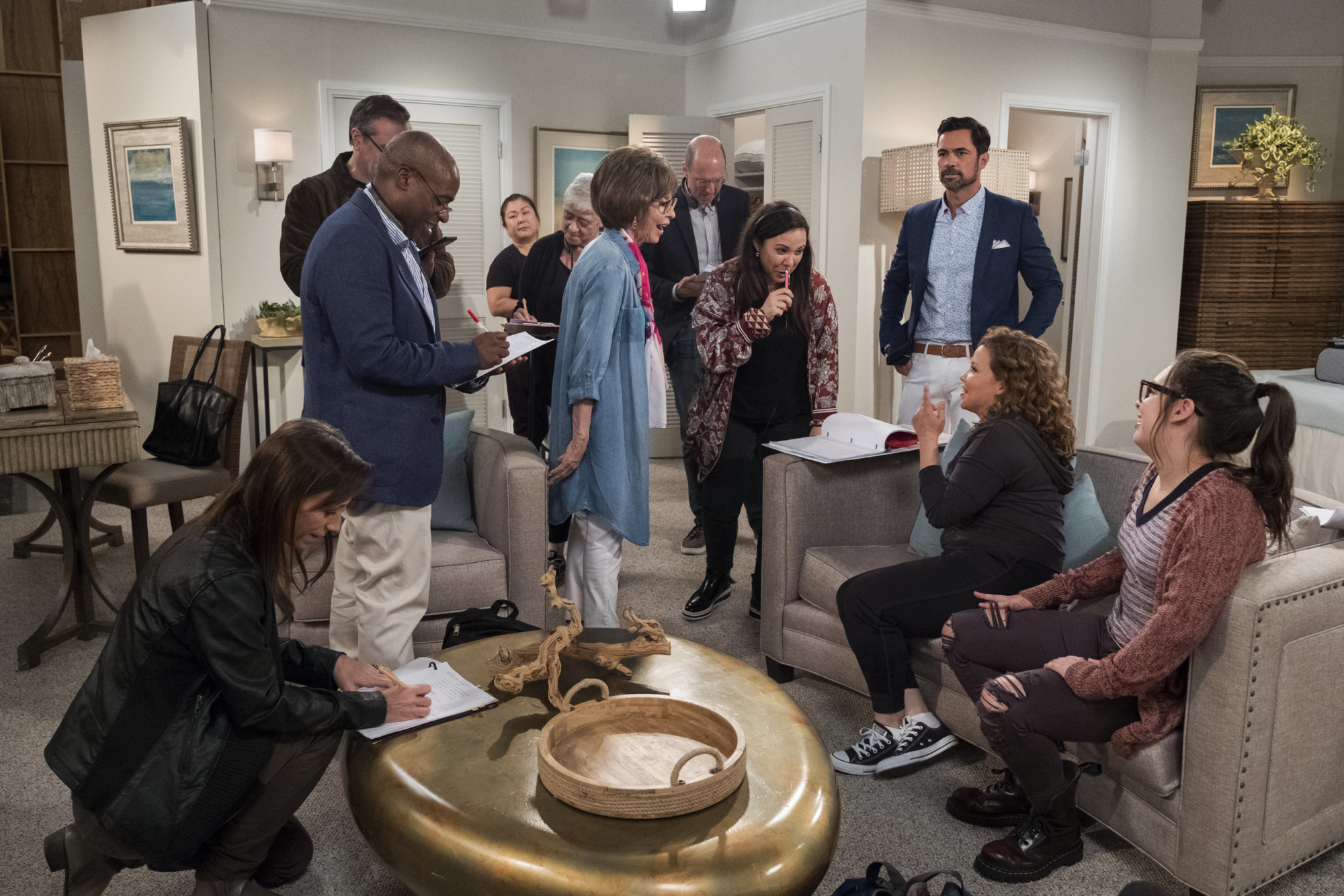
THE VILLALOBOS TEST for representation of Latina women:
The film has a Latina lead and the lead or another Latina character is shown as professional or college educated, speaks in unaccented English, and is not sexualized.
THE WAITHE TEST for representation of Black women:
The film features a Black woman who exists within a position of power and is in a healthy relationship.
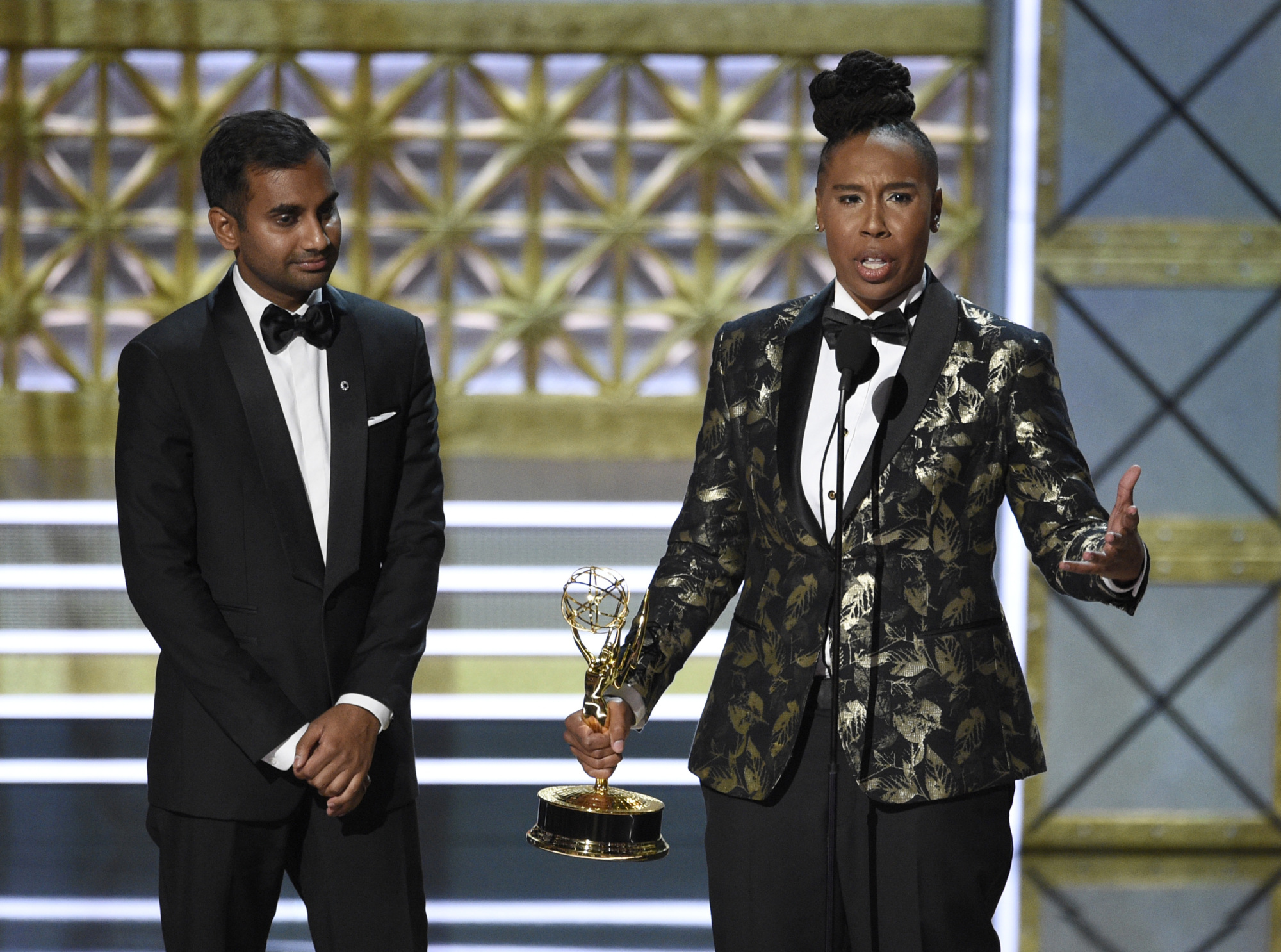
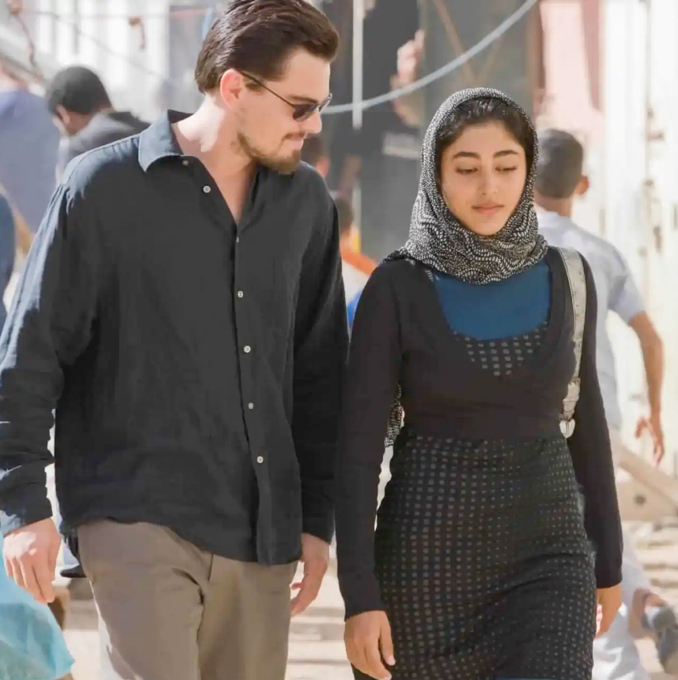
THE OBEIDI ALSUTANY TEST for the portrayal of Muslim people:
The project that includes a Muslim character(s) does not reproduce or reinvent old tropes but rather explores new stories and contexts.
The project that includes Muslim character(s) has a Muslim-identifying writer on staff to ensure that Muslim cultures, religion, characters and storylines are being portrayed accurately and authentically.
The Muslim character(s) is not solely defined by their religion. Religion can be part of the character’s backstory but should not be their entire story. Muslim culture and faith should be accurately delineated.
The Muslim character(s) has a strong presence and the character(s) is essential to the story arc and has a rich and clearly defined backstory.
The Muslim character(s) is portrayed with diverse backgrounds and identities.
THE MAISY TEST for sexism in kids’ media:
Gender Representation: Are male and female characters present in roughly equal numbers and status?
Gender Freedom: Do male and female characters subvert traditional gender roles and have the freedom to enjoy a whole range of experiences, unlimited by their gender?
Gender Safety: Is the show free from sexualization of children, objectification, unrealistic body standards and misogyny?
Social Justice & Equality: Does the show support equality and social justice in other ways? Can every kid see someone like them?
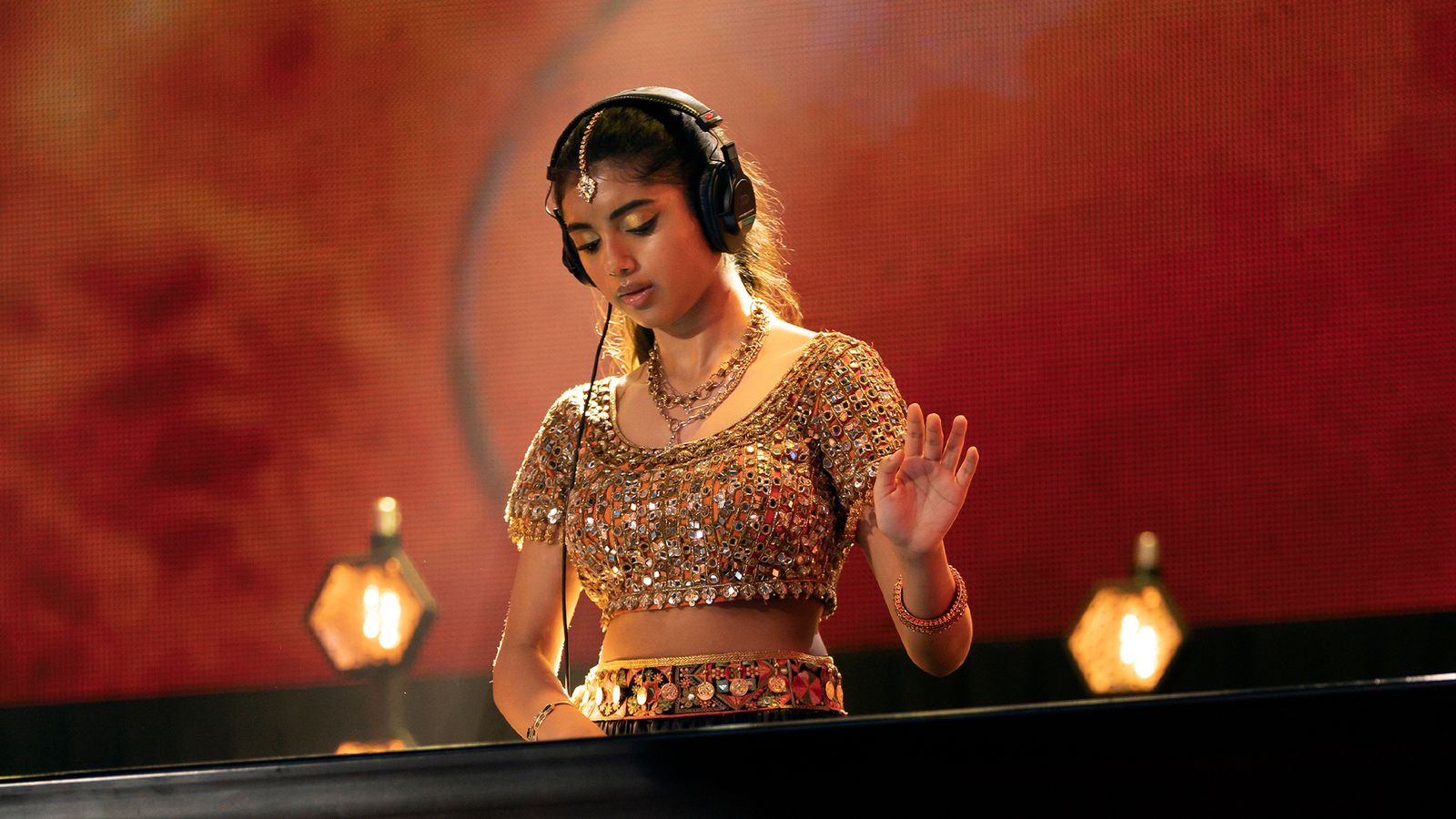
More resources for Development
Evaluating Material
Spellcheck for Bias
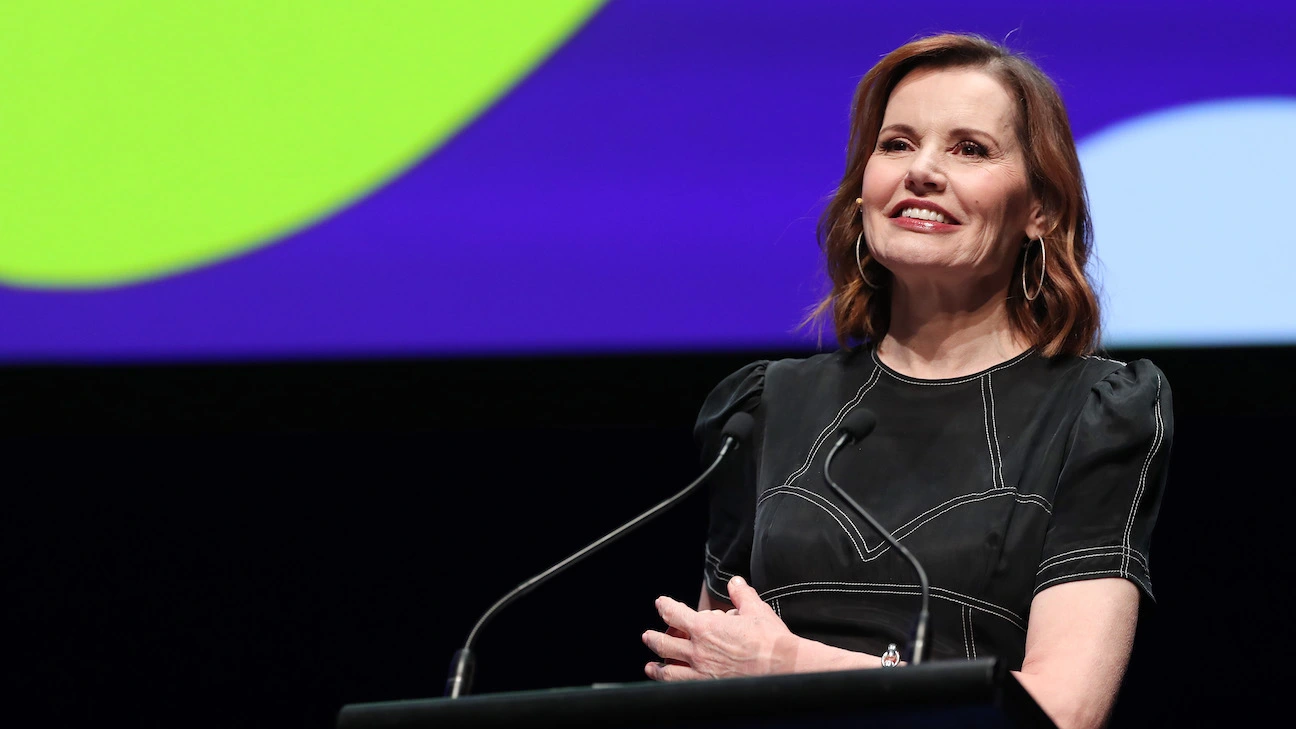
Evaluating Material
Unconscious Bias Training for Development Teams
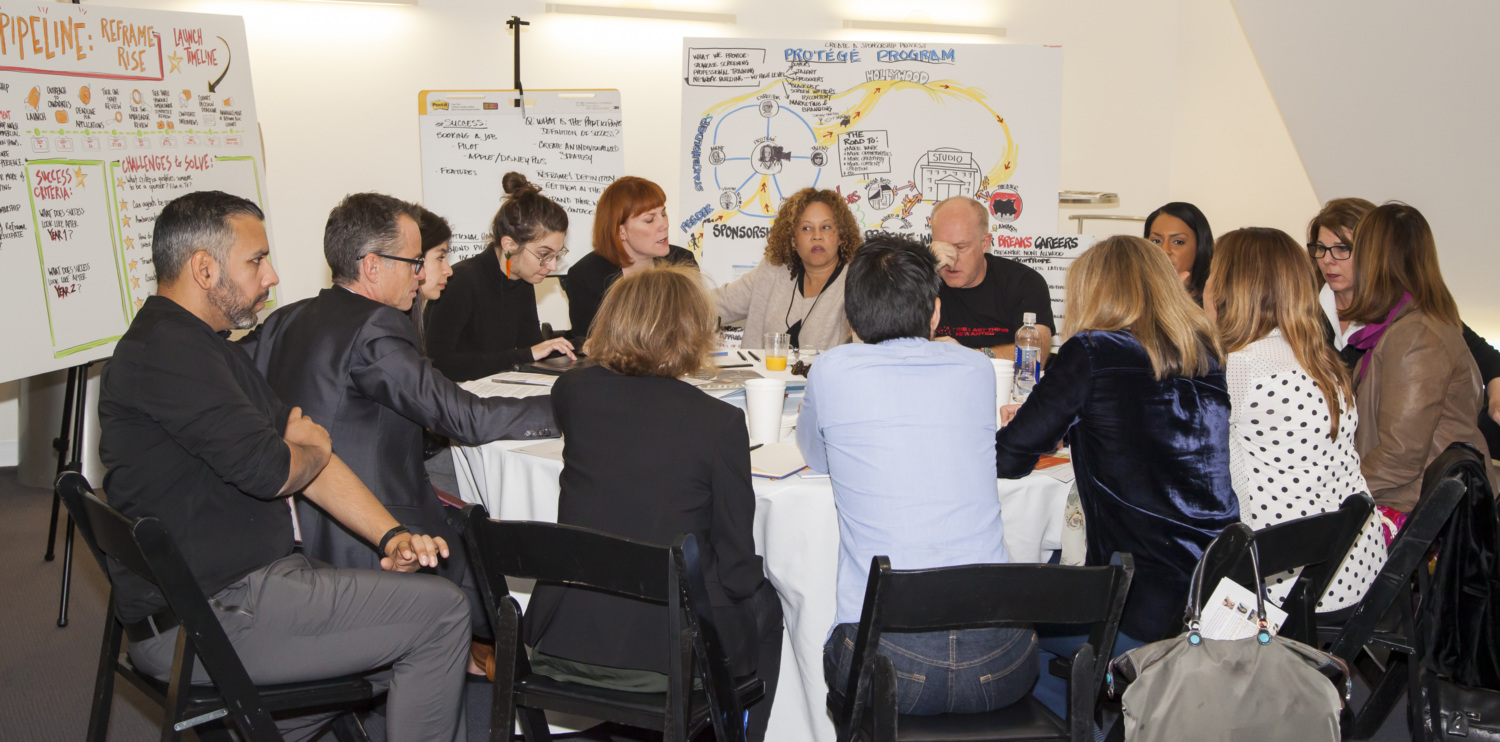
Evaluating Material from Survivors
Evaluating Material
Evaluating Material
“Surviving” to Thriving: Muslim Women On-Screen Test
